Over 25 Years
of Epic Innovation
at TAE
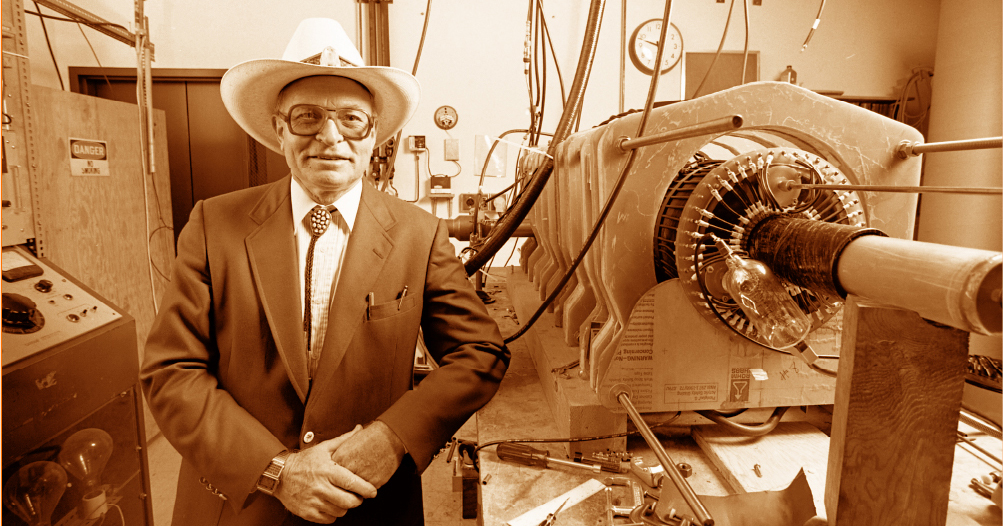
The Moment of Discovery: TAE is Born
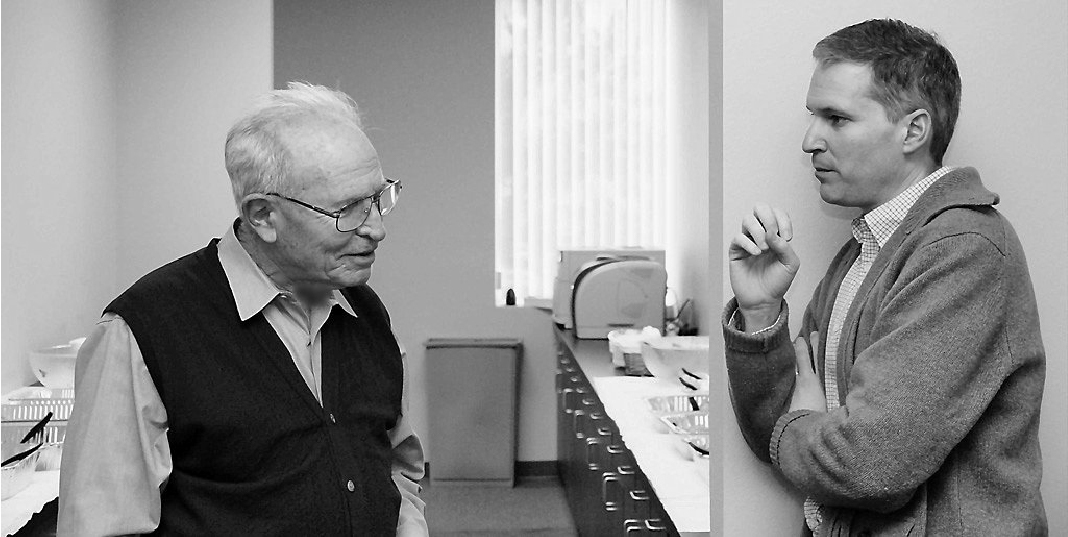
Technology co-founders Norman Rostoker and Michl Binderbauer collaborated on research that eventually led to the design for TAE’s proprietary fusion devices.
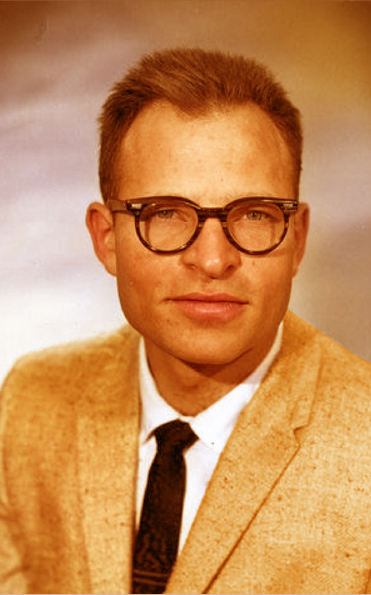
Norman Rostoker began working in the field of fusion energy in the early days of its development, becoming a leading researcher, beloved professor and founding father of the field of plasma physics over the course of his career.
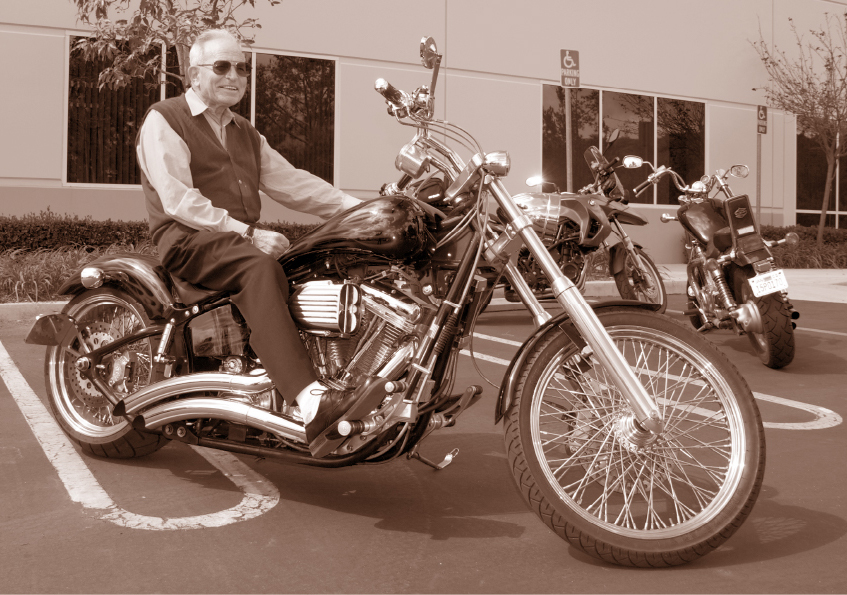

TAE’s first meeting of investors was held in 1996. The company was founded in 1998, first as Colliding Beam Fusion Reactor Inc., then Tri Alpha Energy – named for the three helium atoms, or alpha particles, that are produced in a hydrogen-boron fusion reaction – before ultimately becoming TAE Technologies. TAE’s visionary group of co-founders includes Apollo 11 astronaut Buzz Aldrin, journalist Frank Braun, geneticist Andrew Conrad, notable actor and environmentalist Harry Hamlin, former Chairman and CEO of Hughes Aircraft Allen Puckett, Nobel Laureate Glenn Seaborg, Bechtel Corp. executive George Sealy, who also became the company’s first CEO, and entrepreneur Gerald Simmons.
Pioneering Fusion,
Delivering Milestones

Built with found materials on the UC Irvine campus in 1999 and 2000, the Sewer Pipe was the first prototype reactor and was able to develop a compact, stable plasma core using a flux core technique. It led to the development of an expanded compact linear configuration, B, and its upgrade, C-1.
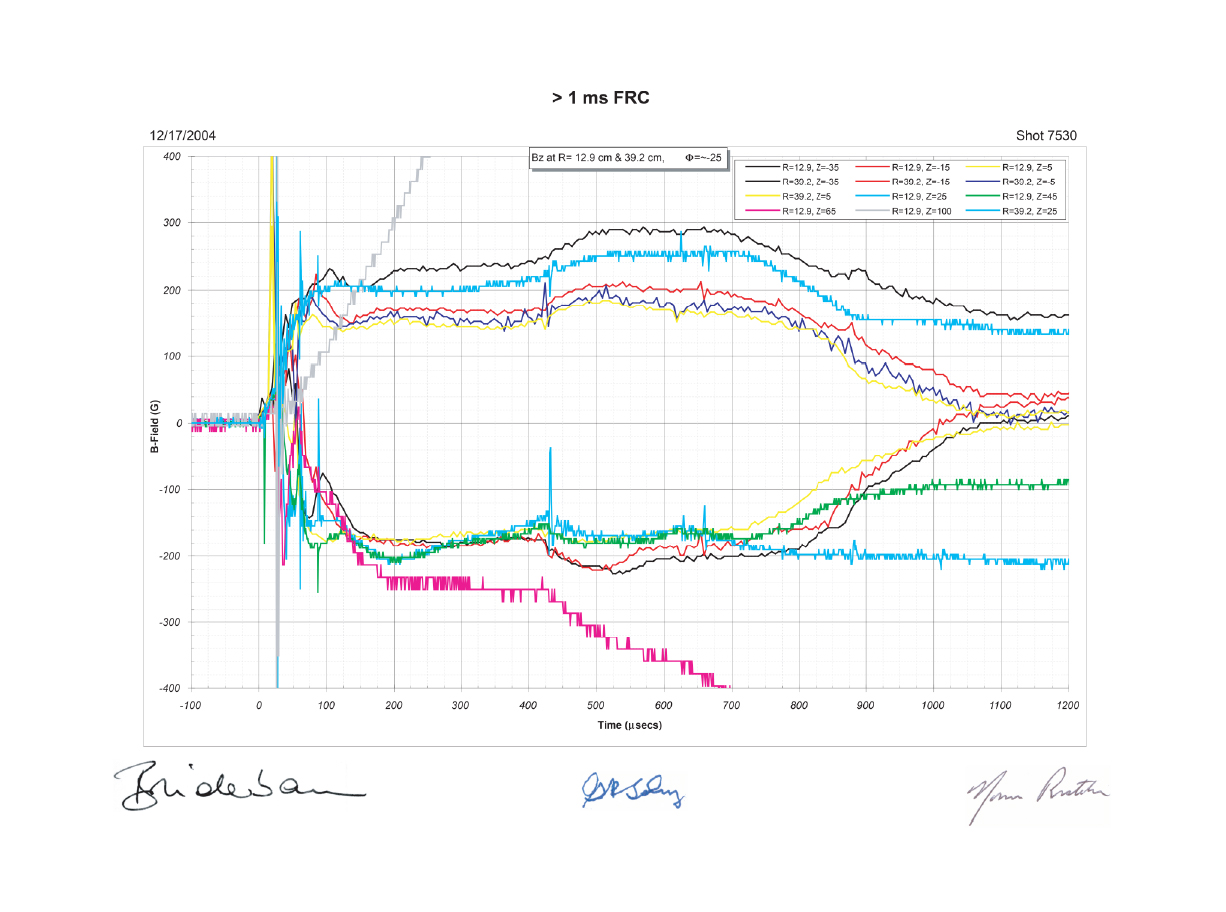
TAE achieved its C-1 milestone of 1 ms of FRC duration at the end of 2004. This graph and note from then-CEO Dale Prouty annotated a commemorative plaque given to members of the team and early supporters of the company, to mark the occasion.
With C-1, TAE achieved the first significant ability to confine Field-Reversed Configuration (FRC) plasmas for 1 millisecond—a small blip in time that represented a paradigm shift for the company and fusion development.
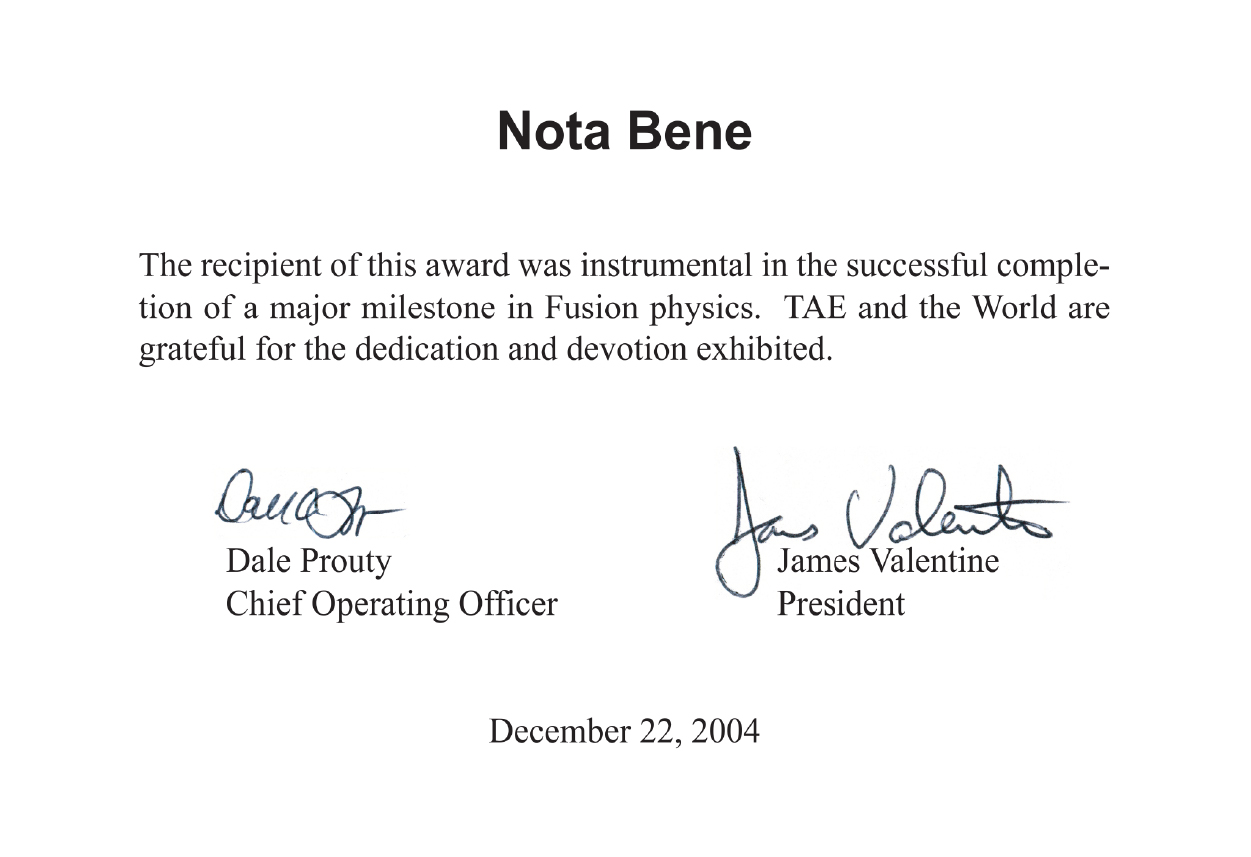
C-2 successfully demonstrated the positive impact of large-orbit ion populations on confinement and stability as a basis to move toward commercial power plant development.
In 2010, TAE’s breakthrough work on plasma formation and retention was reported in Physical Review Letters.
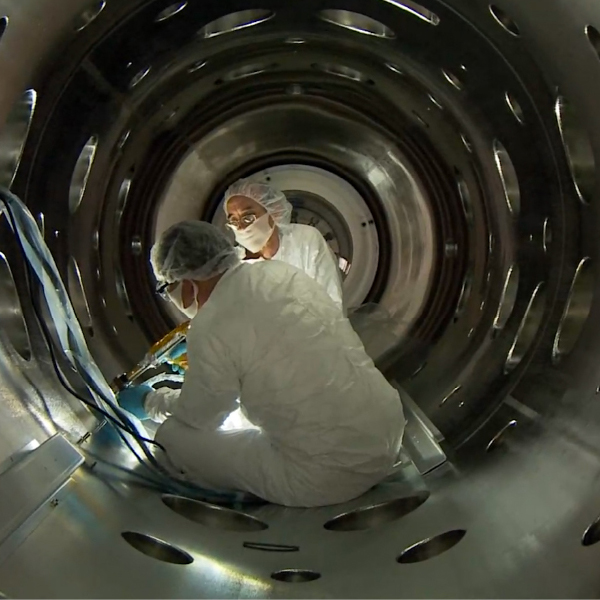
C-2U successfully combined a high-beta FRC plasma with intense high-power neutral beam injection, a significant advance toward the scientific validation of TAE’s advanced beam-driven FRC approach to fusion.

C-2U successfully combined a high-beta FRC plasma with intense high-power neutral beam injection, a significant advance toward the scientific validation of TAE’s advanced beam-driven FRC approach to fusion.
Mastering
Plasma with
Norman
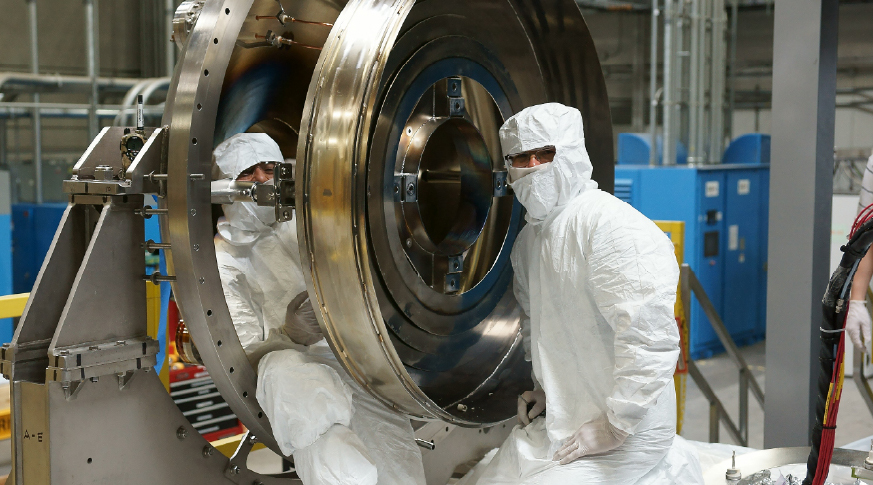
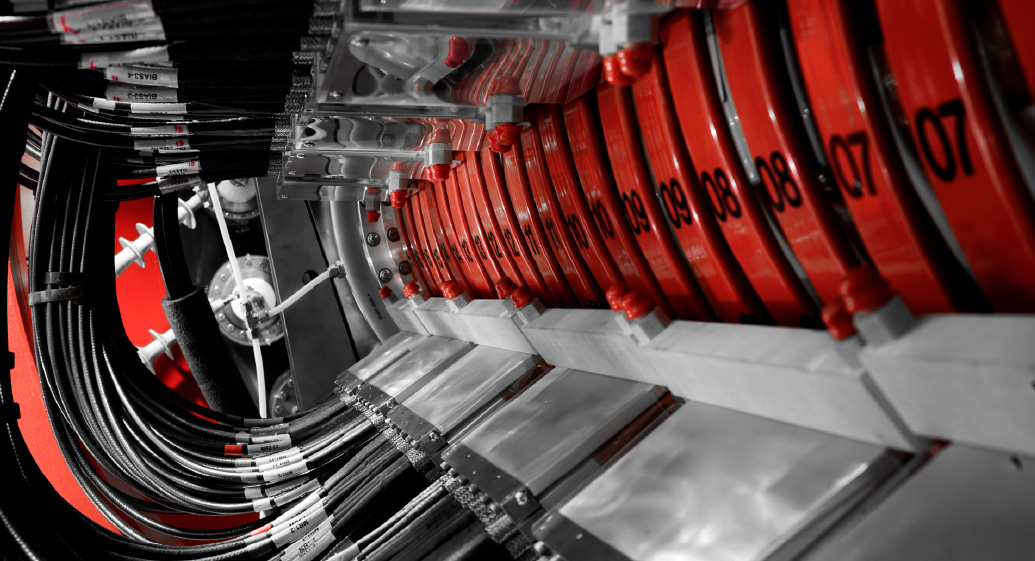
Magnets surround the quartz tube where Norman’s initial plasma discharge occurs.

Plasmas are notoriously fickle and hard to manage, but TAE’s field-reversed configuration uses neutral beams to heat and stabilize plasma for optimal confinement.
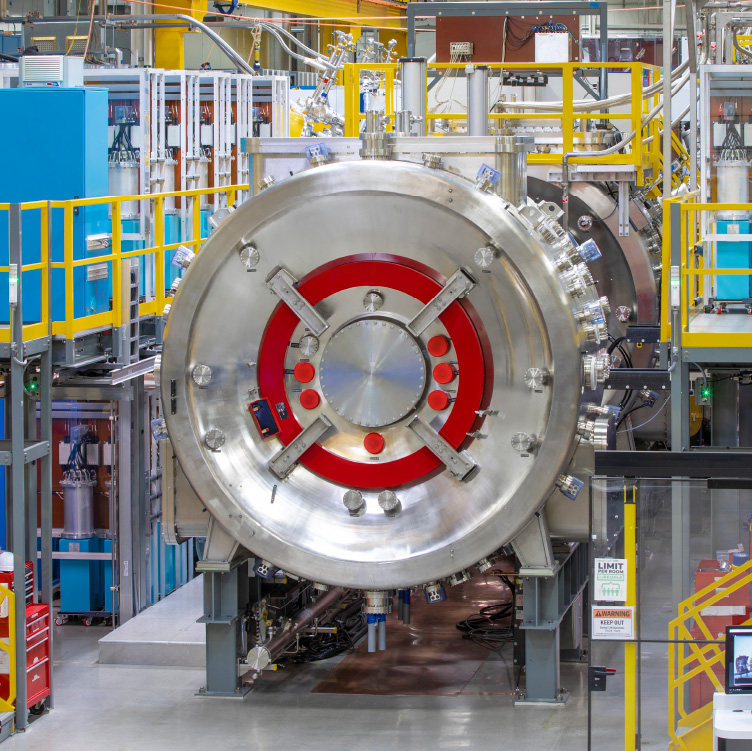
While Norman Rostoker passed away before his namesake machine fired its first plasma, its existence stands as a testament to TAE’s beloved maverick, and his vision for “the end in mind”: a clean and reliable source of commercial fusion power.
Through ongoing experimentation and refinements, and in collaboration with Google’s AI / Machine Learning team, Norman was pushed to an impressive 70+ million degrees C—going above and beyond “hot enough.”
Investors from around the world supported these important milestones, and TAE counts among its shareholders visionary investors including Buchanan Investments, Vulcan, Enel, Venrock, NEA, Goldman Sachs, Wellcome Trust, and the Kuwait Investment Authority, as well as the family offices of Addison Fischer, Art Samberg, and Charles Schwab, among others. The success of Norman also attracted a new class of institutional and strategic investors to TAE, including Chevron, Google, Reimagined Ventures, Sumitomo Corporation of Americas, and TIFF Investment Management.
Reaching a Fusion First with Norm
For decades, the prevailing approach for achieving extremely hot plasma temperatures in a Field-Reversed Configuration (FRC) device relied on collisions—essentially creating a supersonic boom of plasma. This is how Norman operated since its inception. In this approach, two plasma rings formed in the formation sections at opposite ends of the machine, and then were launched toward one another until they collided in Norman’s central vessel.
For years, scientists envisioned a way to streamline FRC plasma formation so that a machine could produce hot, stable plasmas without relying on this elaborate and expensive “crash” process. TAE has achieved this vision with a first-of-its-kind fusion prototype capable of producing an FRC plasma using only neutral beam injection.
In 2025, the team published results from this groundbreaking advancement in Nature Communications and introduced the world to this history-making machine, called Norm in honor of its smaller size compared to its predecessor, Norman.
Norm is able to create, heat and stabilize an FRC plasma directly in the center vessel, eliminating the need for plasma collisions and the complex formation sections once required to produce them. The result is a machine with roughly 50% less hardware, offering more efficient performance with a simpler, less expensive design.
Beyond Fusion:
Inspired Novel
Innovations

TAE Life Sciences’ Boron Neutron Capture Therapy (BNCT) has been used to treat recurrent, invasive, heretofore untreatable, and metastatic cancers while sparing healthy tissues, all within 1 to 2 treatment sessions.
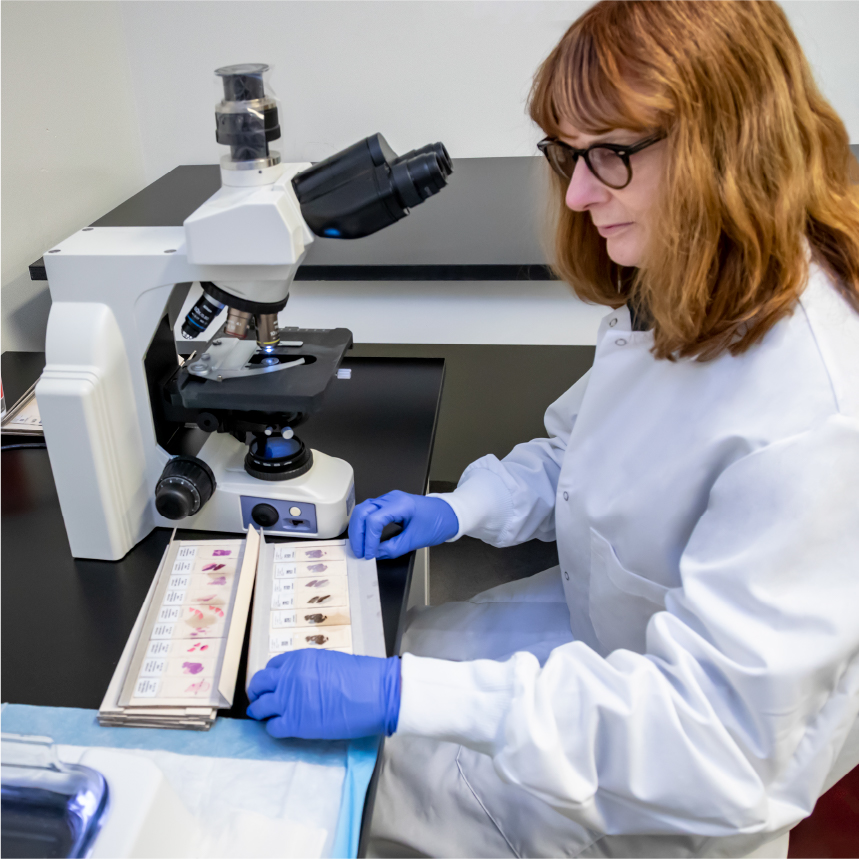
TAE Life Sciences Director of Translational Research Drug Development Karen Morrison at work on the company’s cancer treatment technology
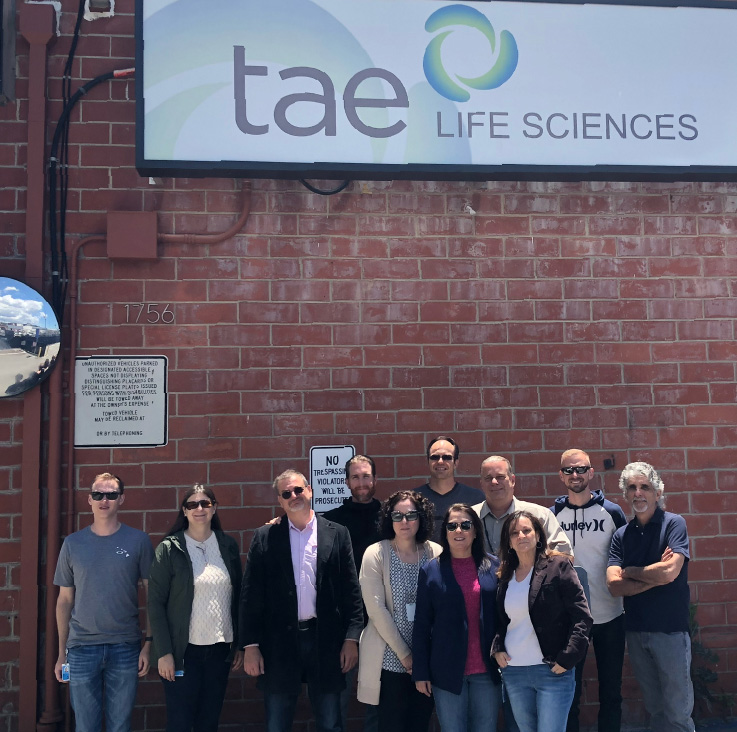
TAE Life Sciences Director of Translational Research Drug Development Karen Morrison at work on the company’s cancer treatment technology
In 2017, TAE announced that the patented accelerator-based advanced beam technology developed for fusion would be leveraged to launch a company to commercialize medical innovations: TAE Life Sciences. The technology is being used to develop Boron Neutron Capture Therapy (BNCT), a promising potential treatment for head and neck, glioblastoma multiforme (GBM), and other cancers that are difficult or impossible to treat with traditional methods. TAE Life Sciences aims to deploy this adapted accelerator-based neutron source, in addition to developing targeted pharmaceuticals, as part of a holistic clinical platform to advance the potential of BNCT as a practical, widely accessible cancer treatment.
TAE Life Sciences’ revolutionary neutron beam system will be sized to fit in typical hospital facilities to provide a minimally invasive, cellularly targeted particle therapy that is a cost-effective source for neutrons that can be precision tuned for variable applications.

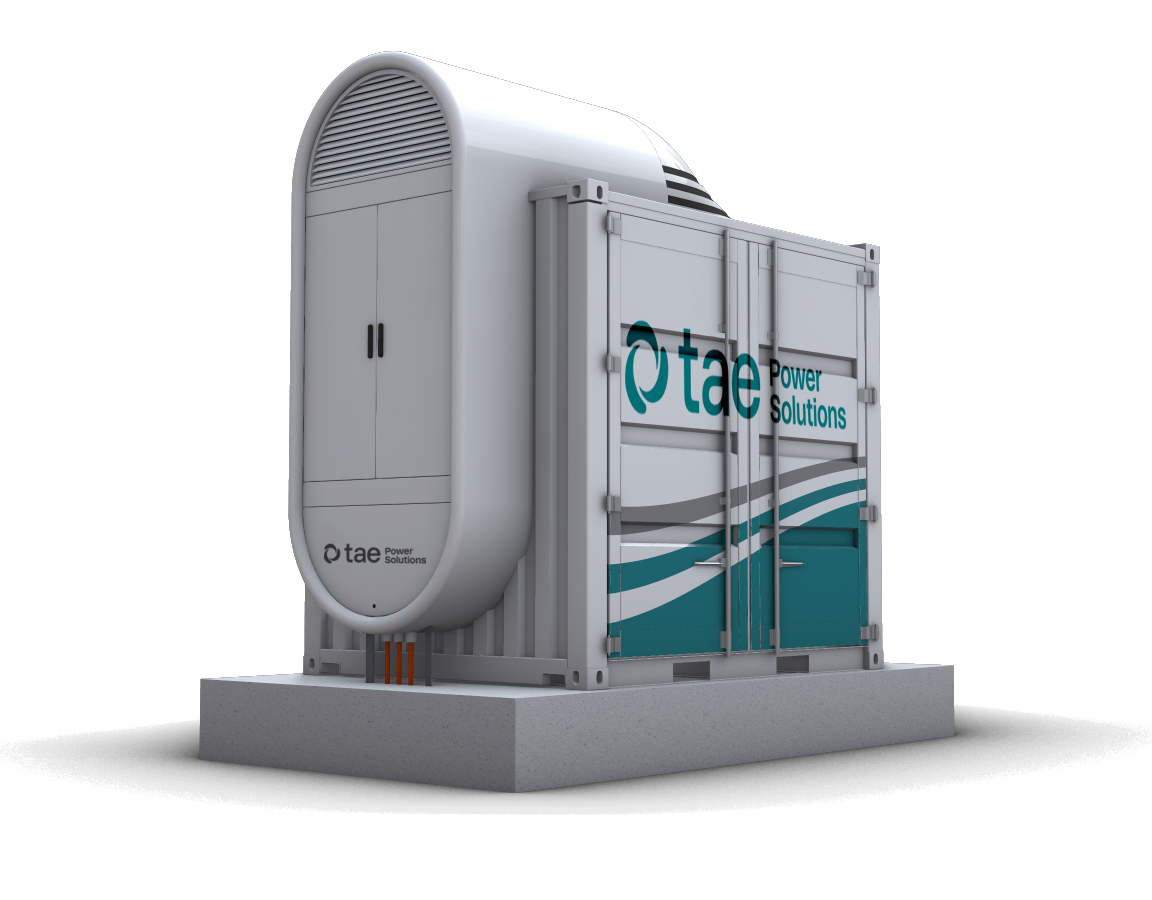
TAE Power Solutions is developing technologies to accelerate the adoption of electric vehicles and battery energy storage systems by using a revolutionary approach to power management.
The company’s first-of-its-kind platform is a foundational step toward building a complete clean energy ecosystem to support mass onboarding of electric vehicles and deployment of intermittent renewable energy as dispatchable power with battery energy storage systems. TAE Power Solutions’ proprietary ultrafast pulse charging technology and modular ACi technology address the most fundamental challenges to electric transportation and energy storage adoption by providing peak power output, lower levelized cost of storage, and longer battery life. With these innovations, TAE Power Solutions is poised to deliver a clean electric future where the world’s best power systems run on TAE’s technologies.
The Future is Now
The Future is Now


With its NBI-only design, Norm increases efficiency, reduces complexity and cost, and accelerates TAE’s path to commercial fusion power.
With 2025’s Norm breakthrough significantly reducing complexity, cost and development time, TAE is on a clear path for net energy output and the commercialization of hydrogen-boron fusion energy. The company’s NBI-only achievement has even shortened its commercial roadmap, performing at such a high capacity that TAE’s previously planned sixth generation machine, Copernicus, is no longer necessary.
Housed in a 100,000 square foot facility in California, Norm is planned to operate at 100 million degrees Celsius– putting TAE on track to reach net energy with its power plant prototype, Da Vinci.

Designed to deliver net electrons to the grid, Da Vinci will be TAE’s first prototype commercial power plant to help meet our growing global carbon-free energy demand.